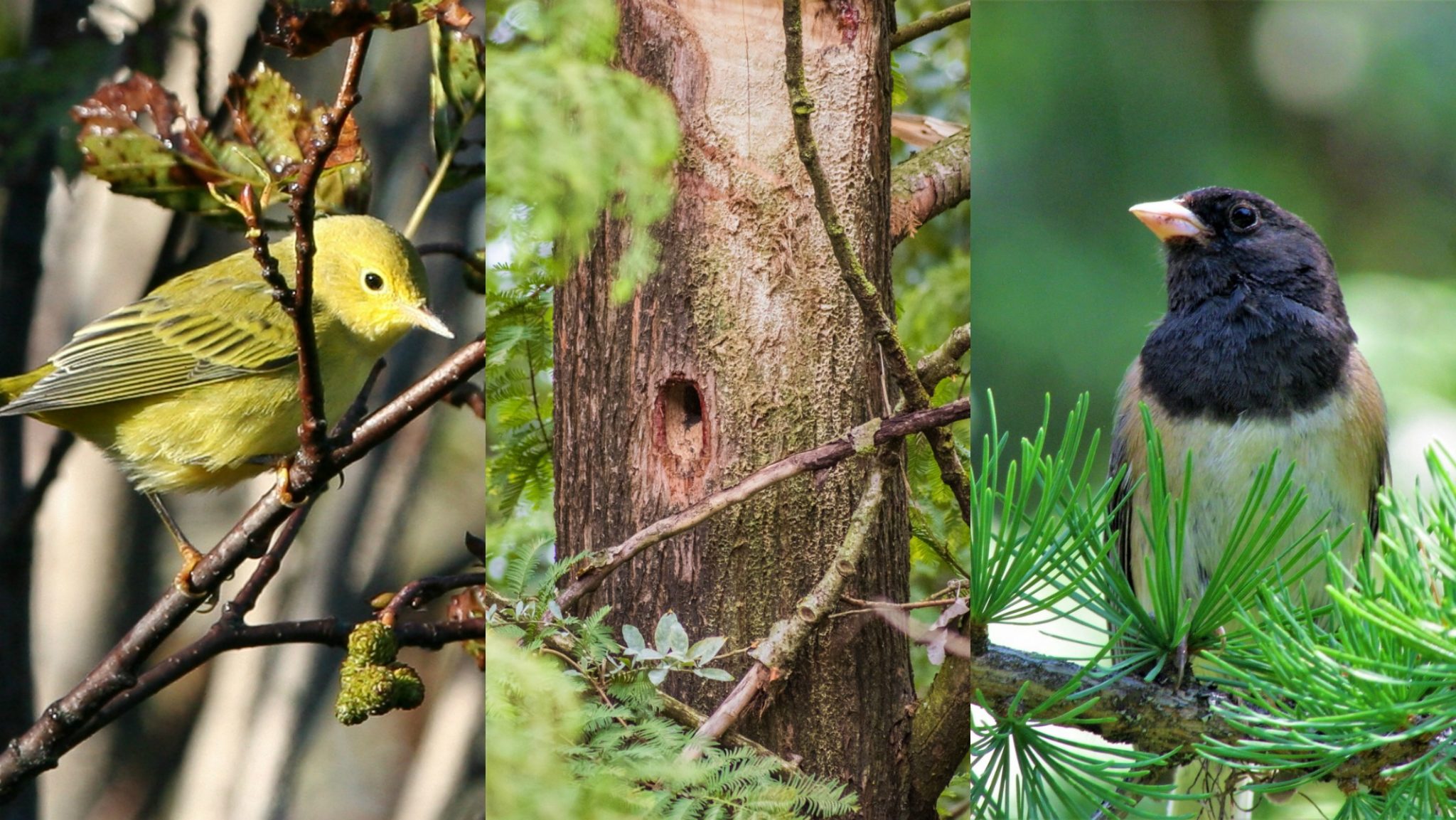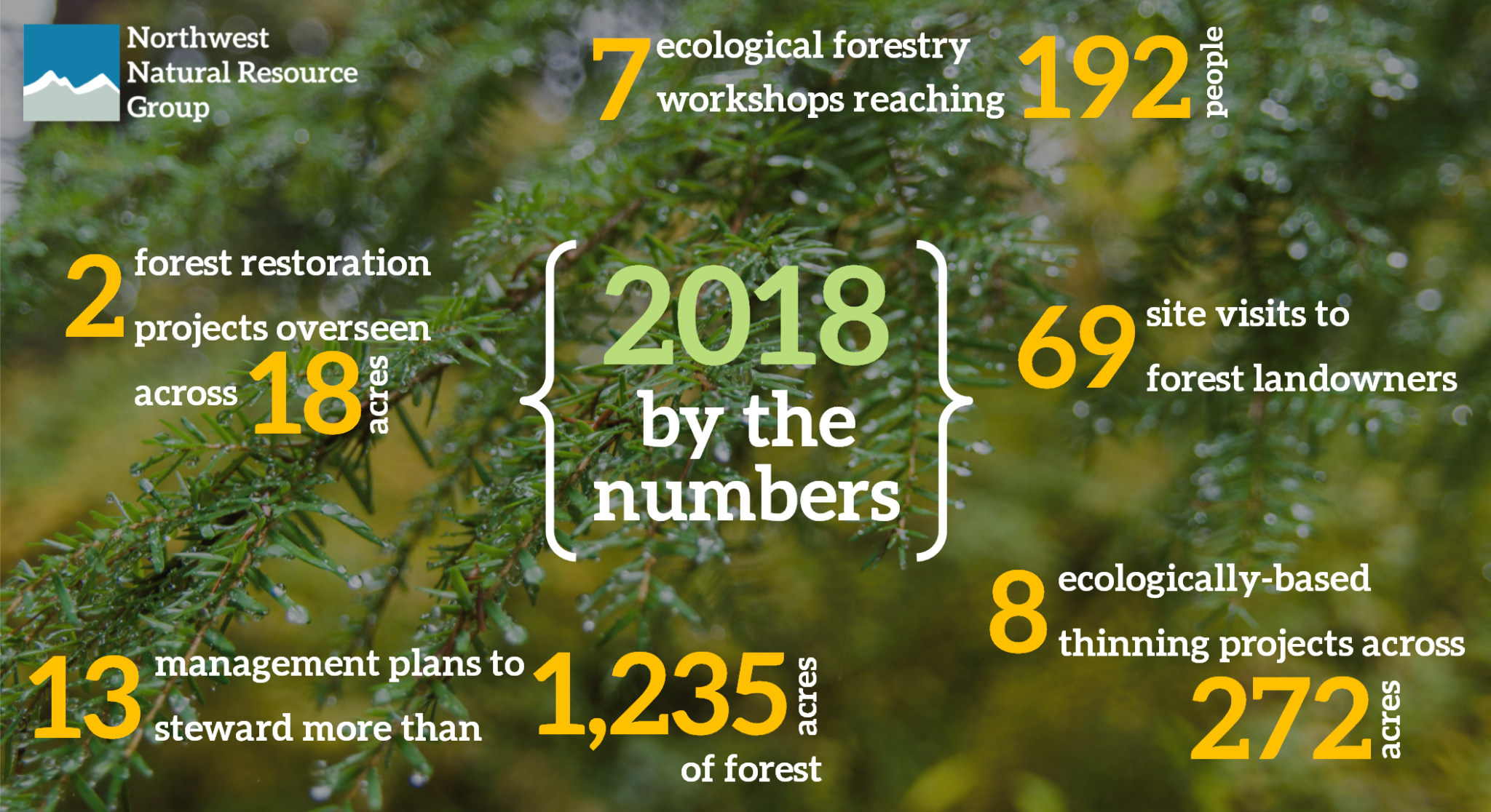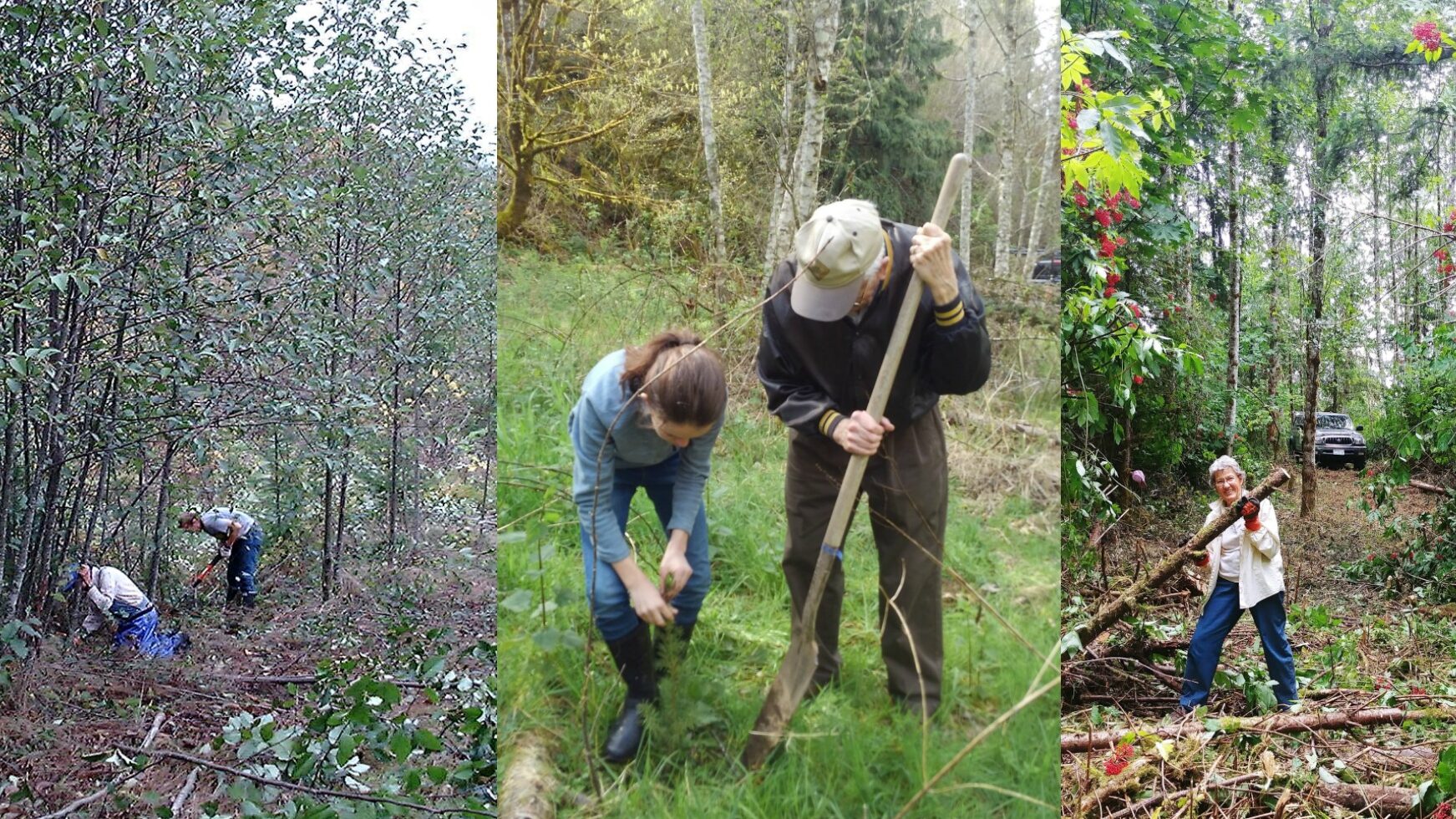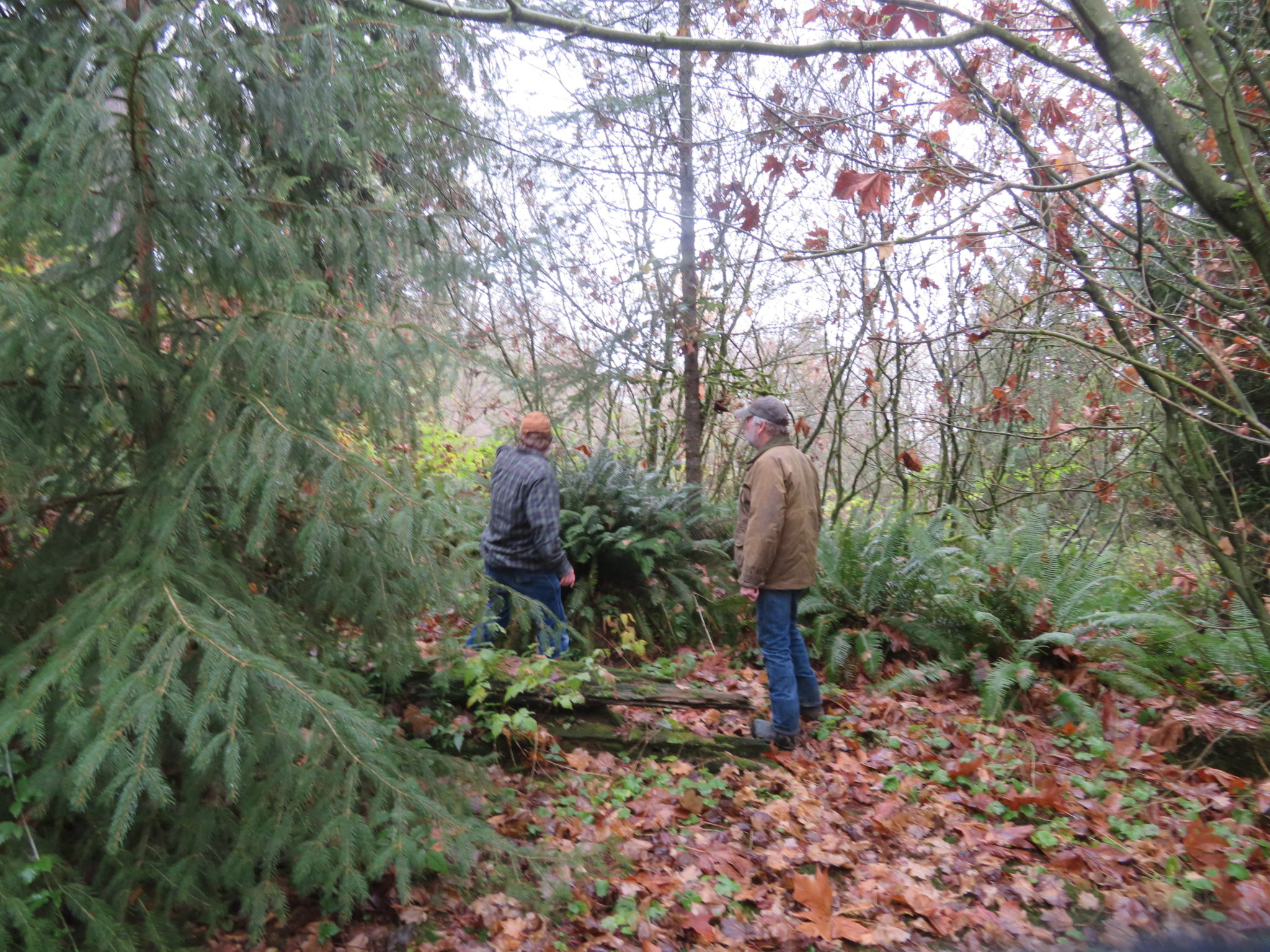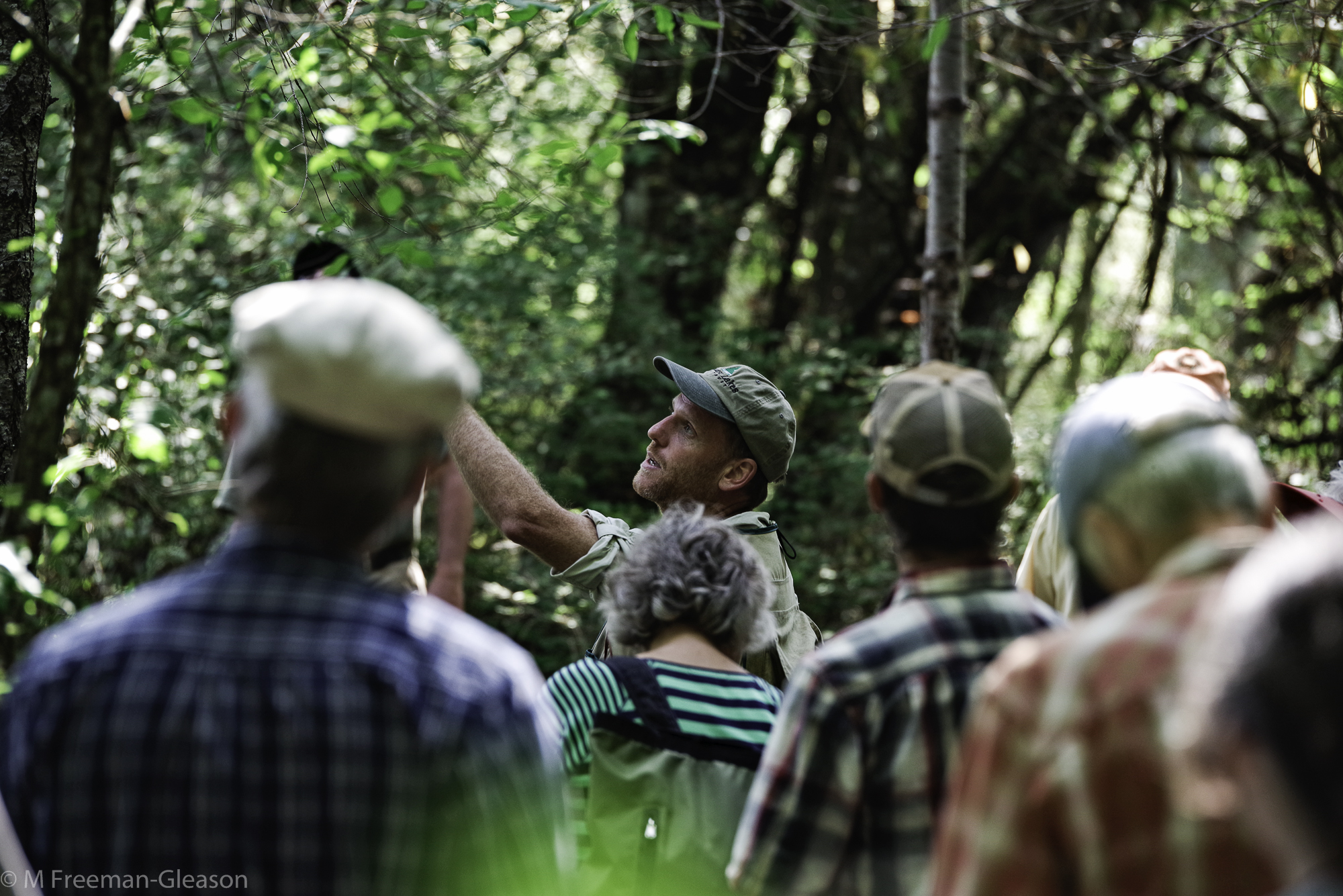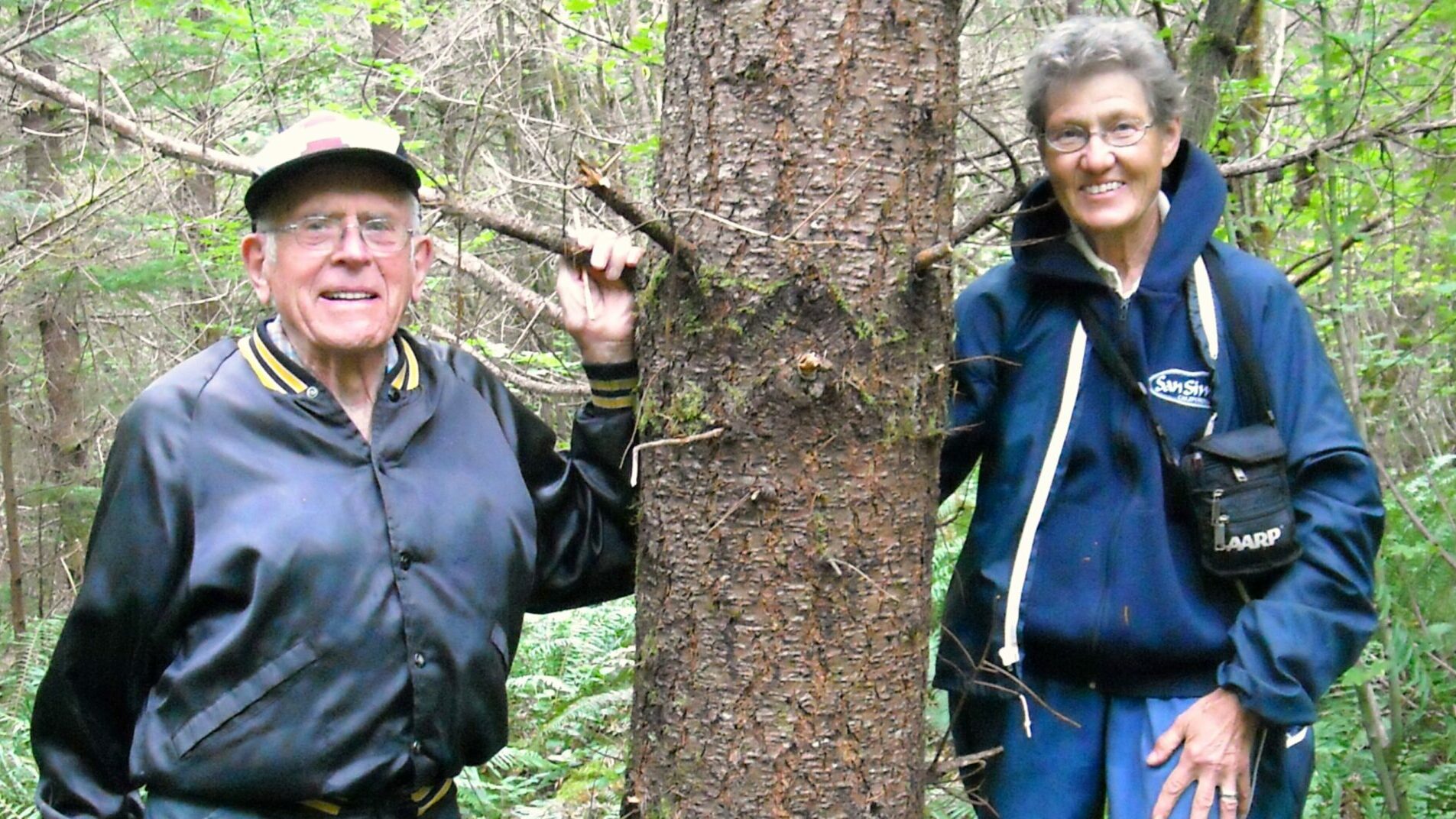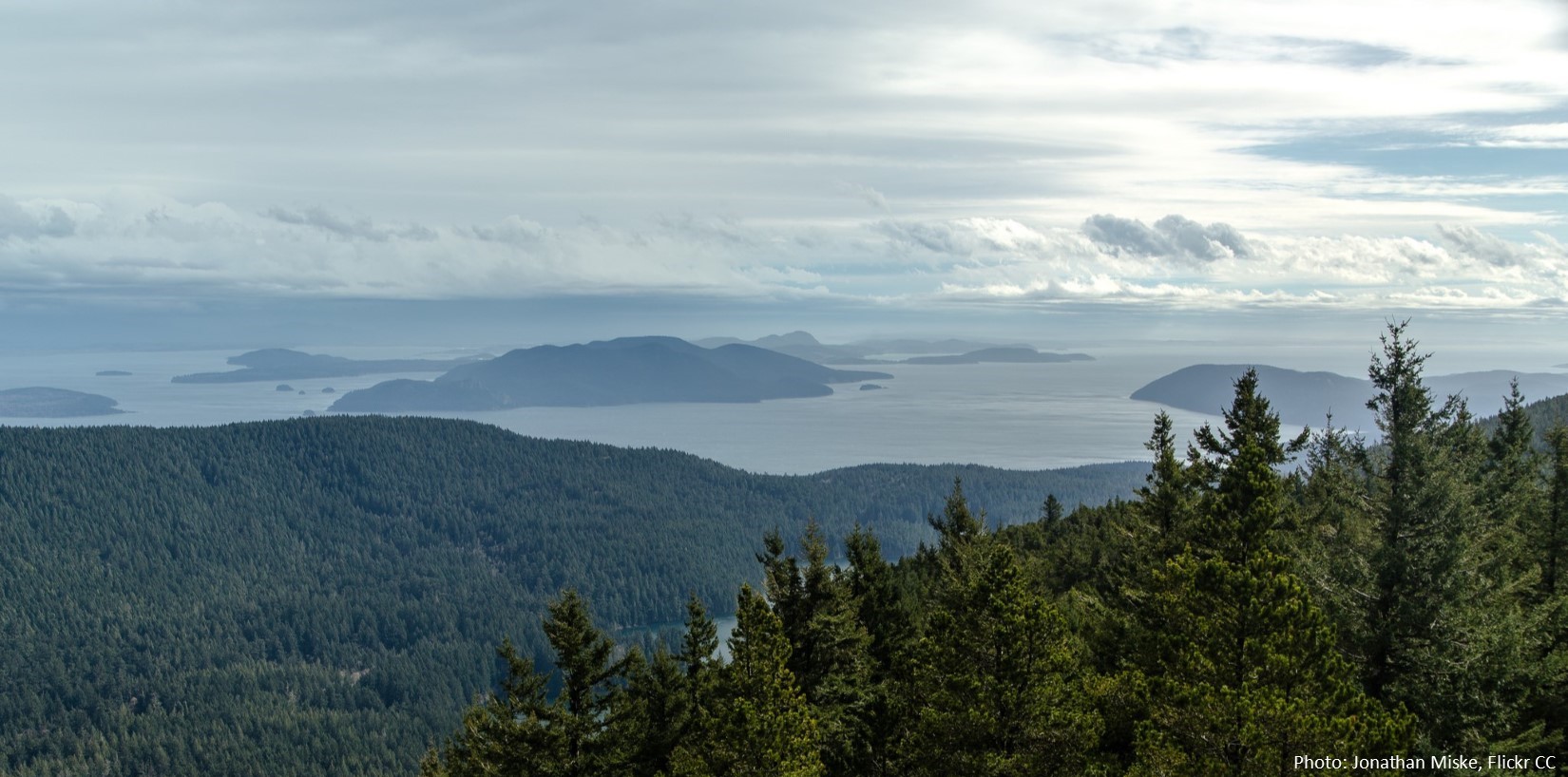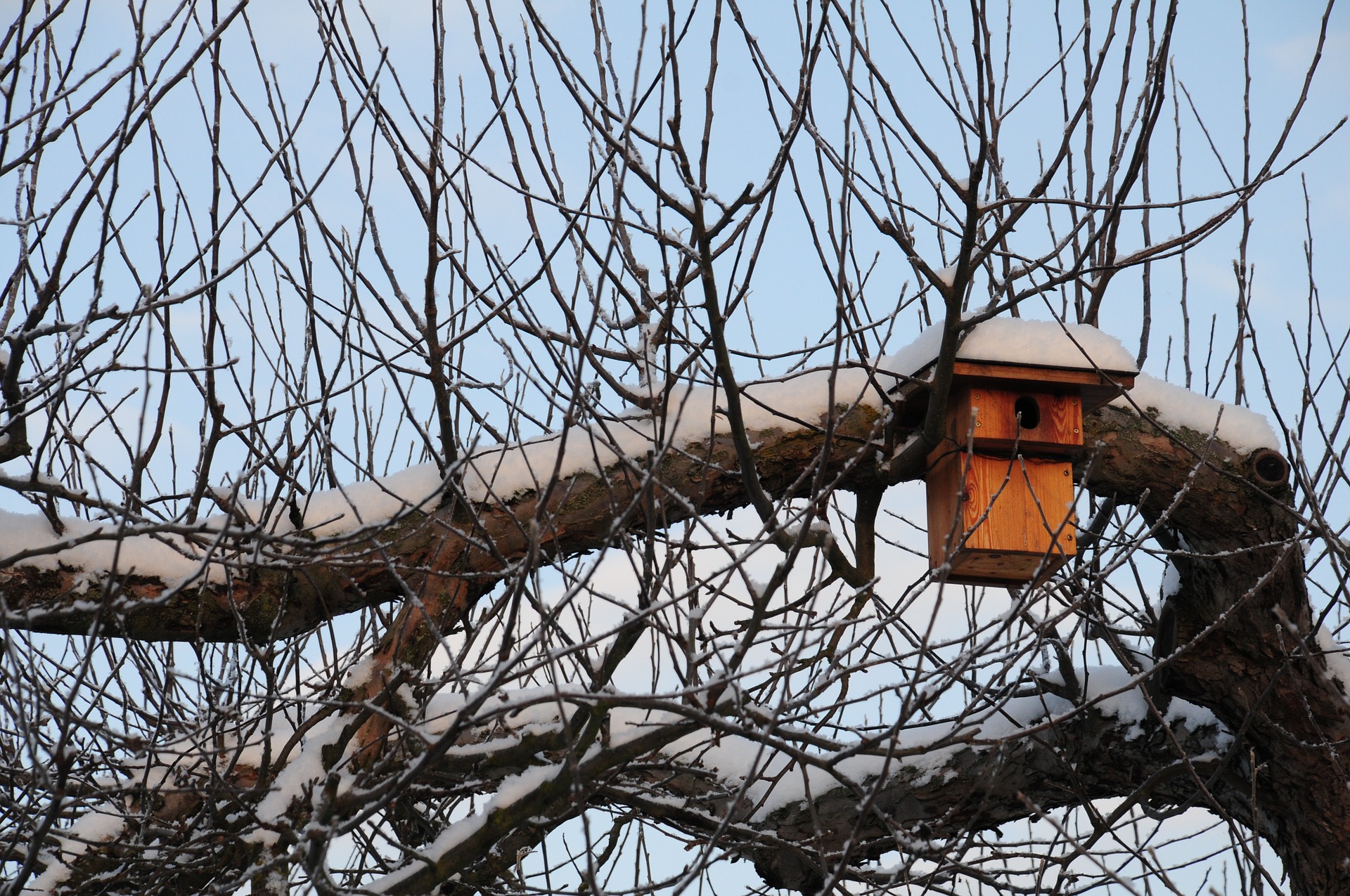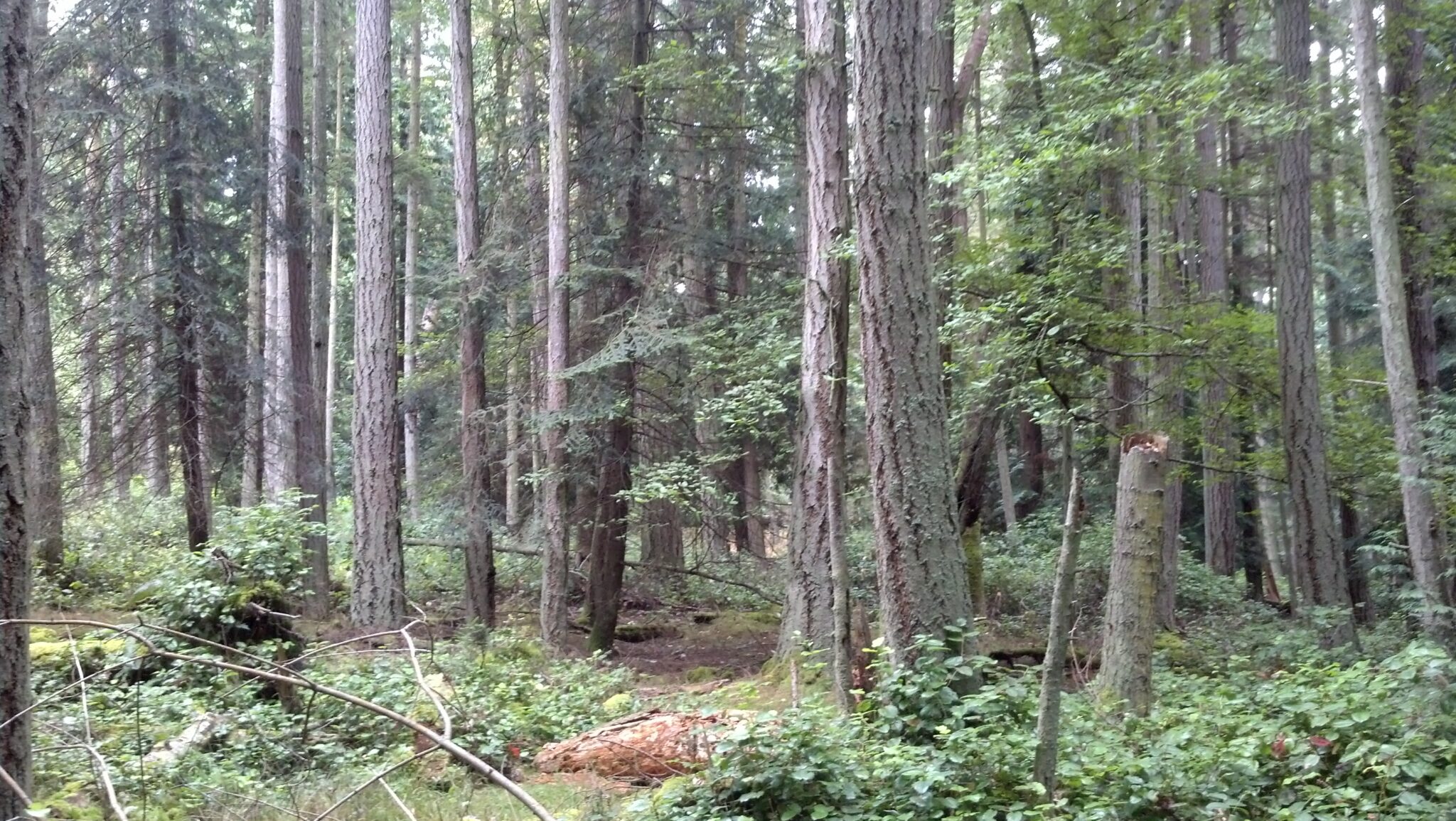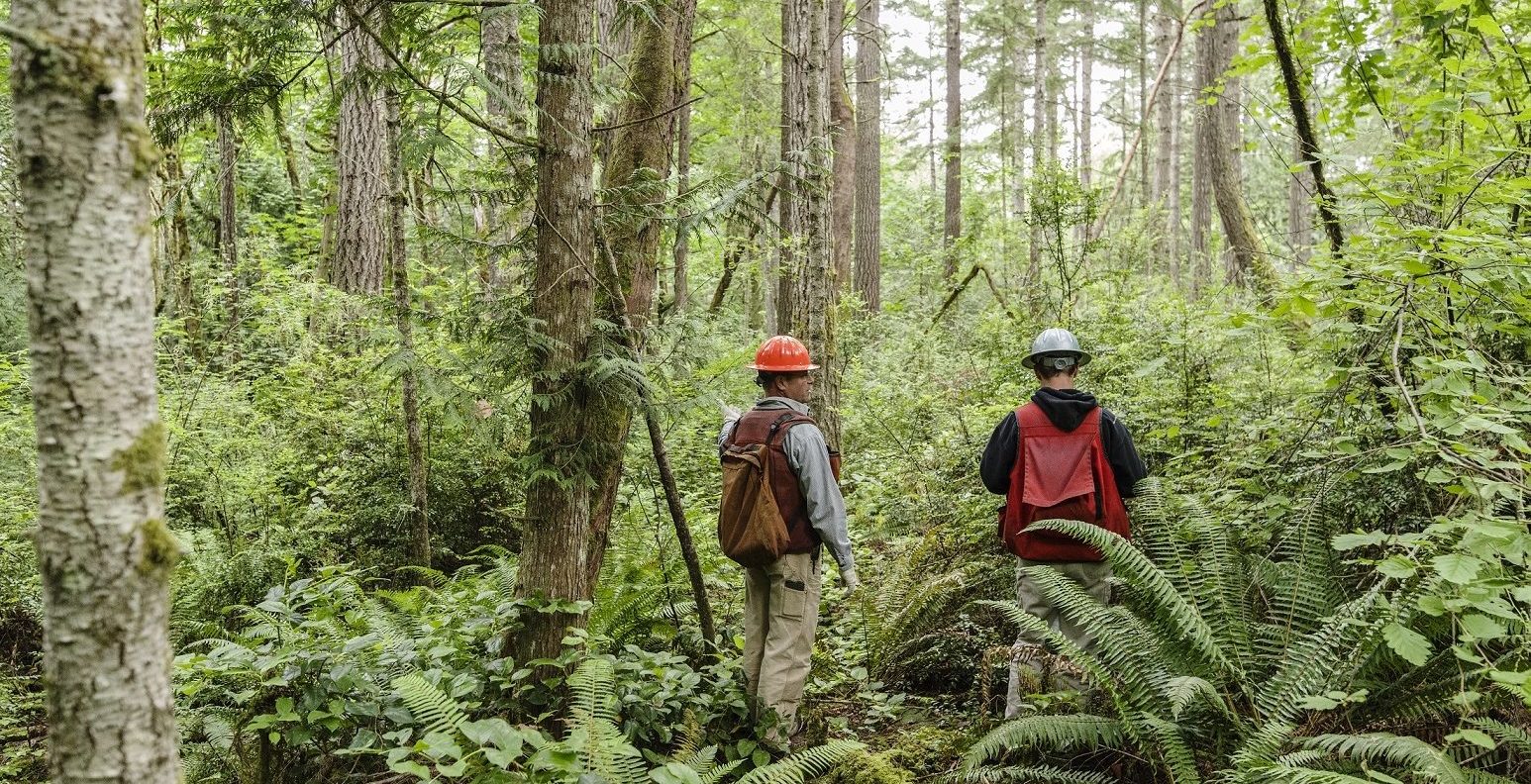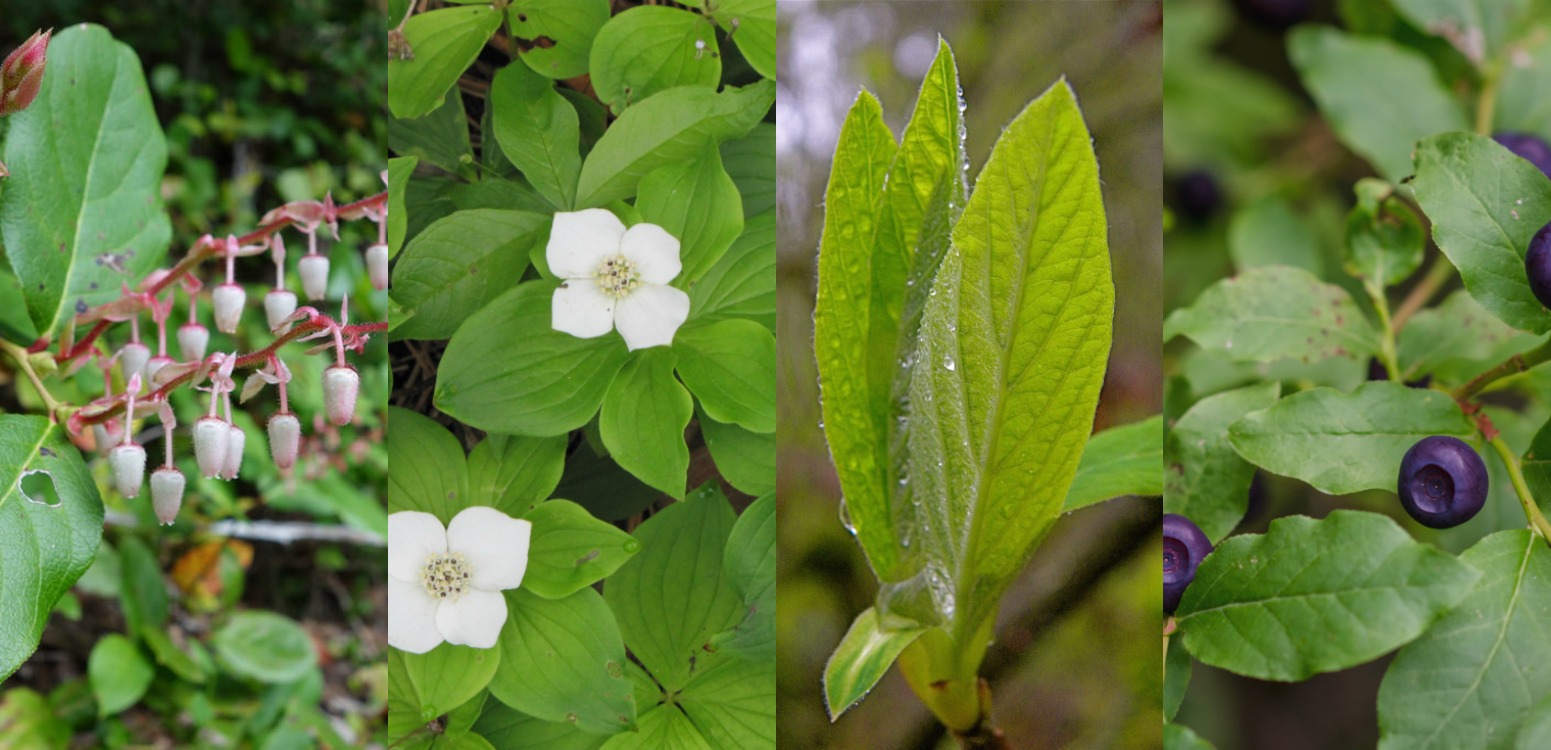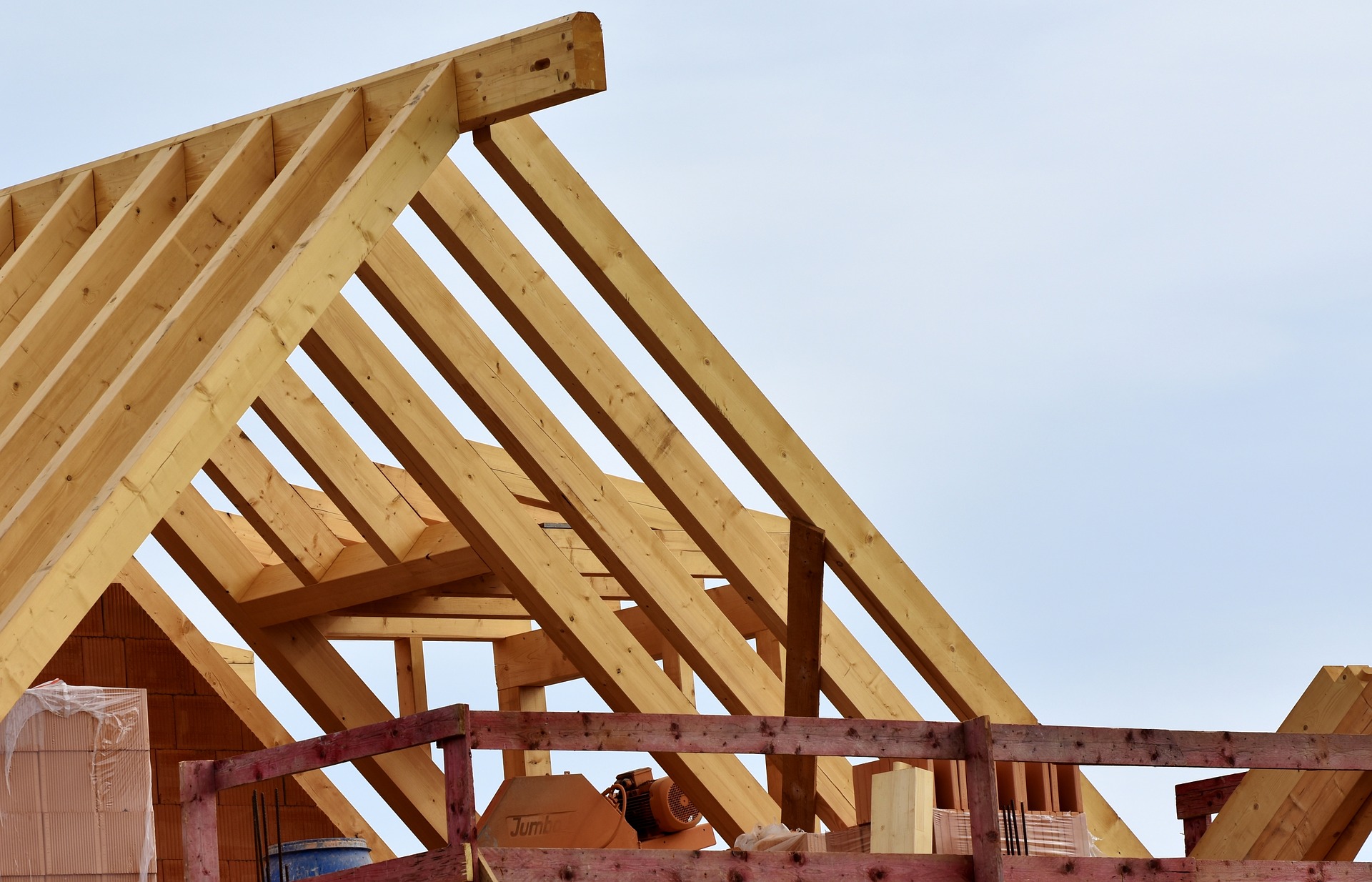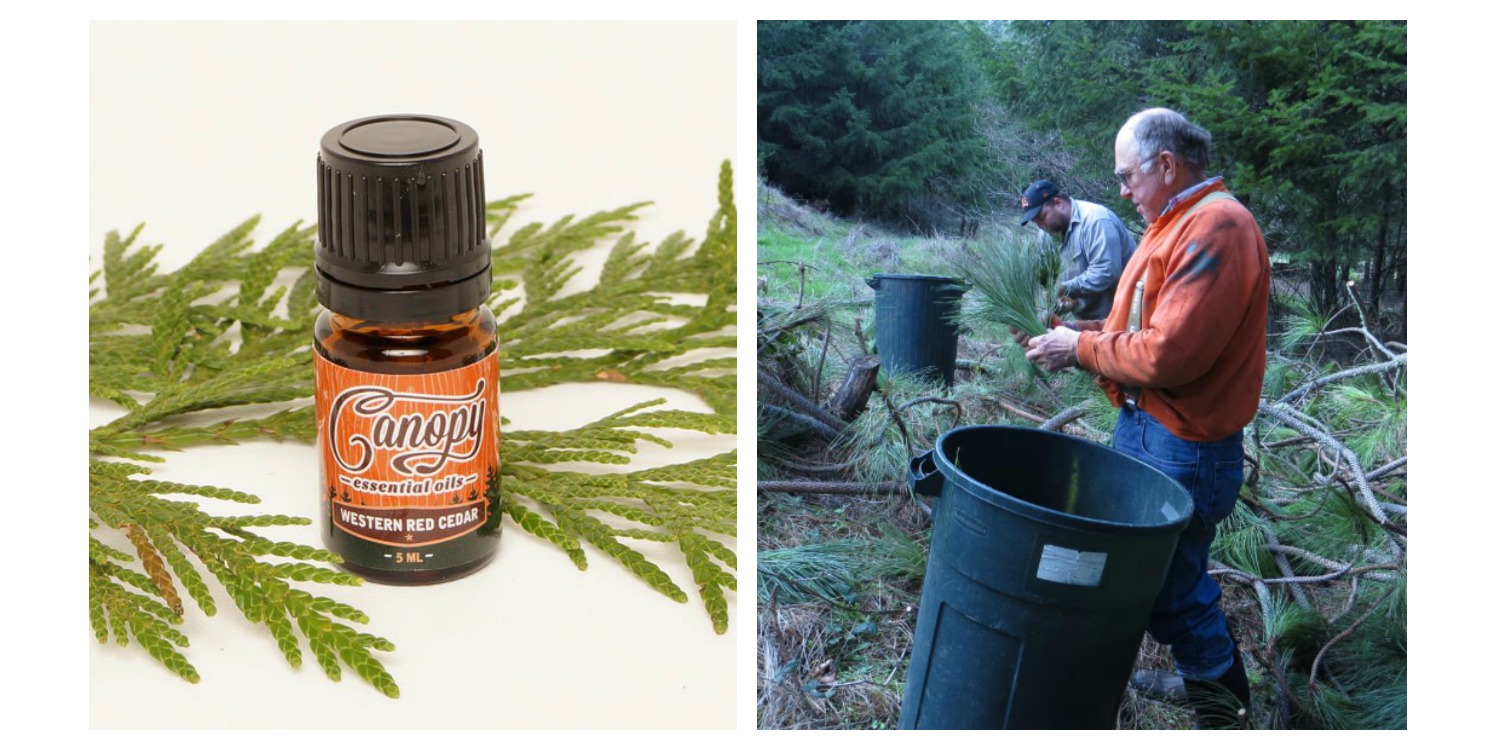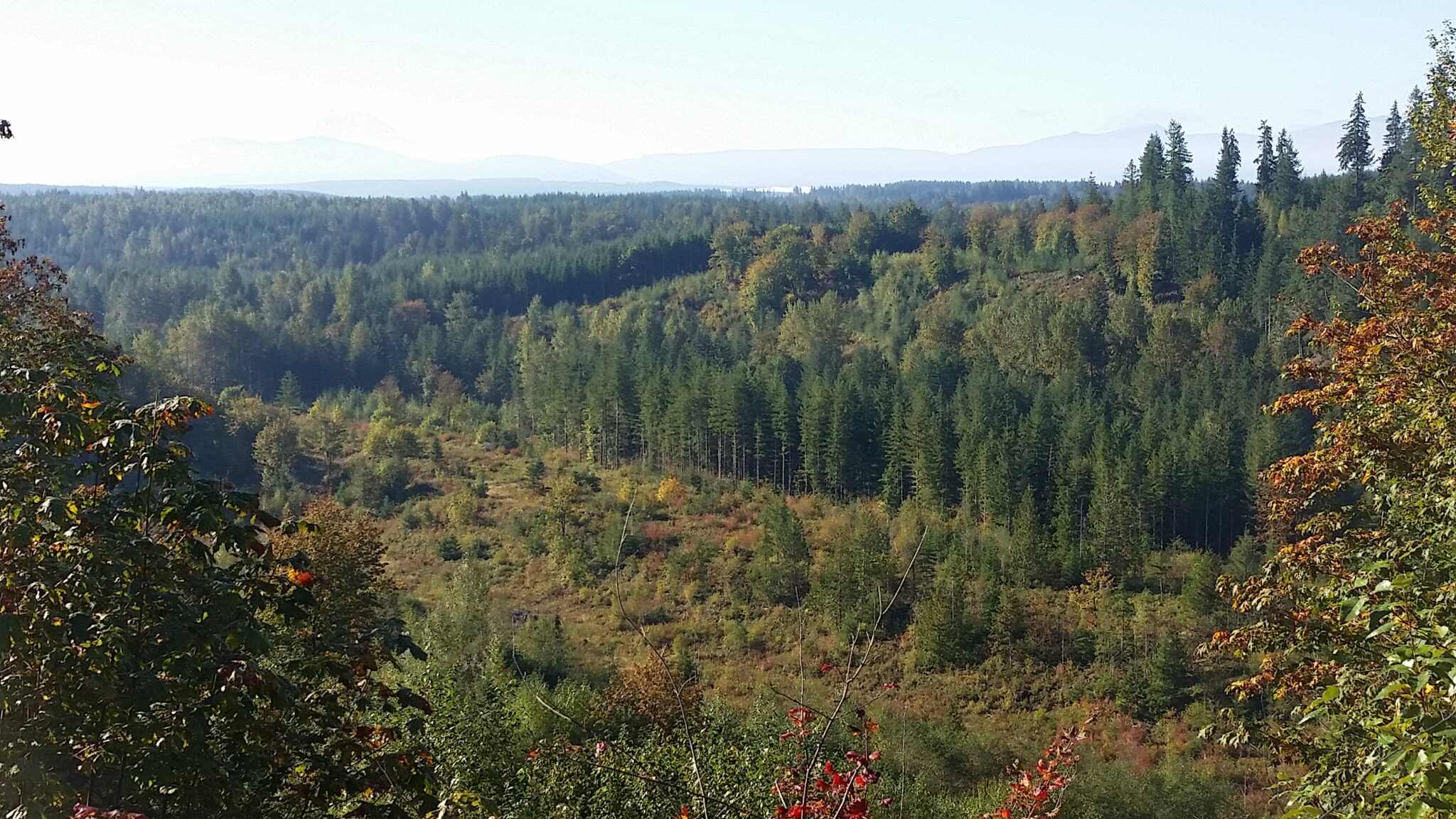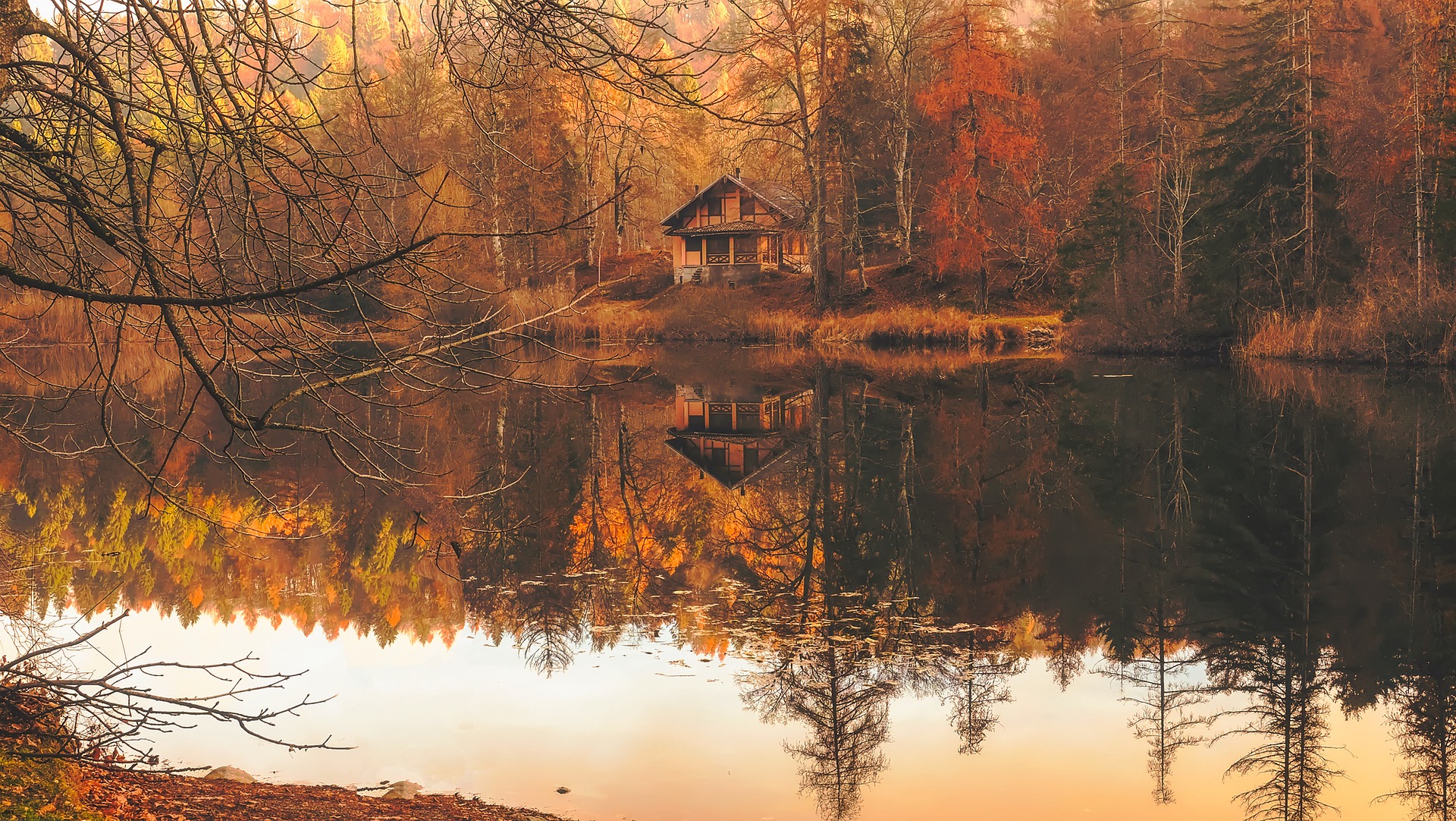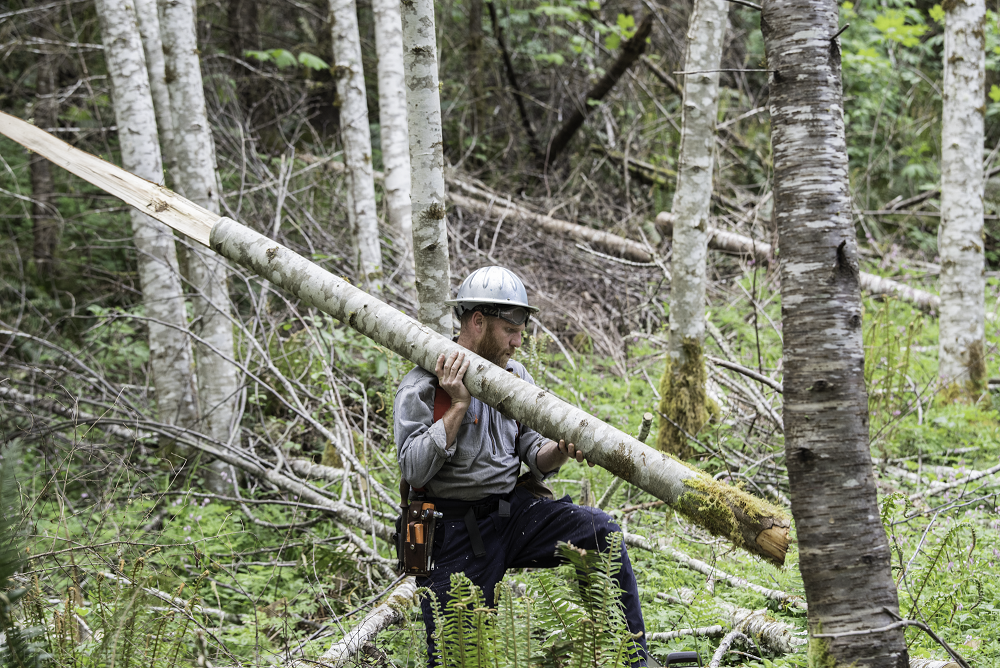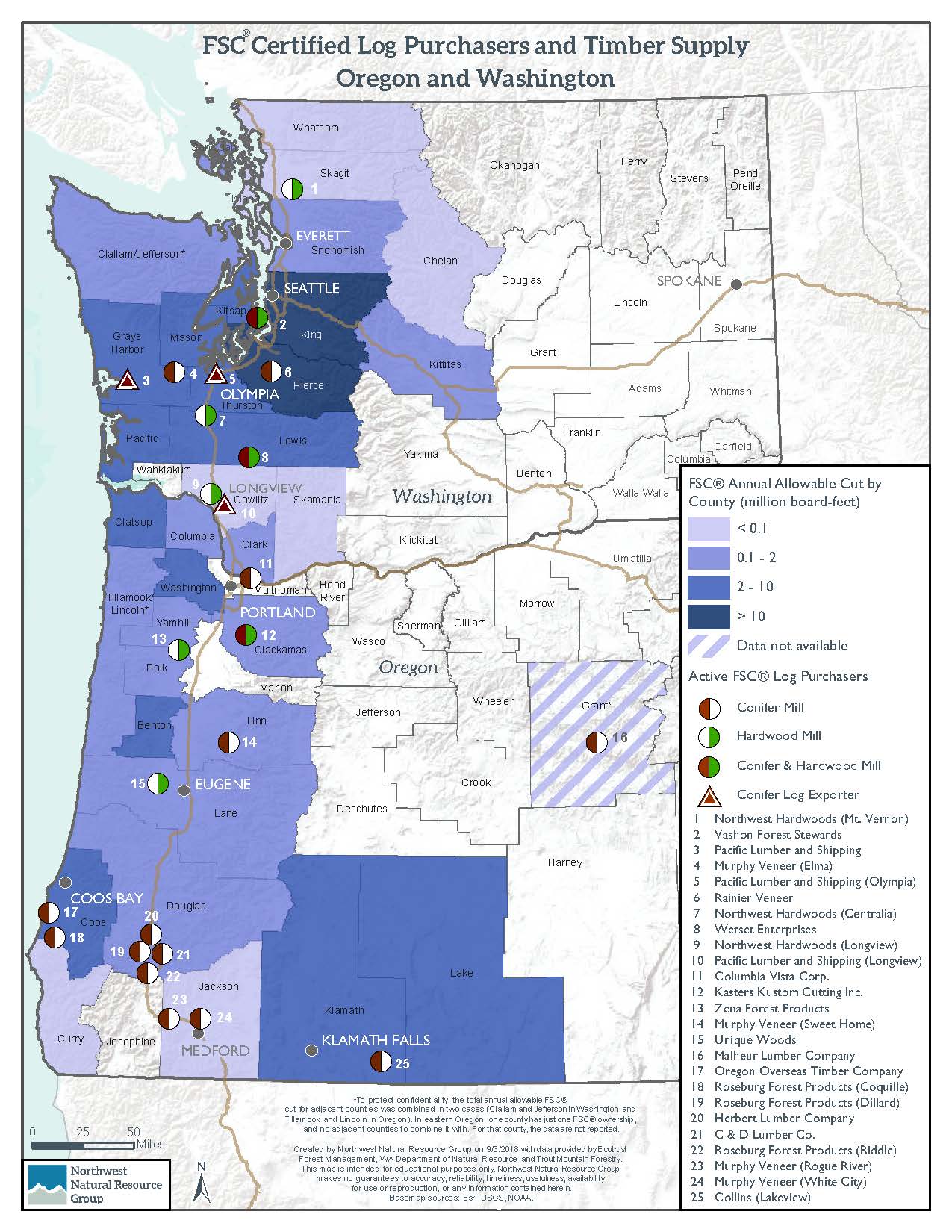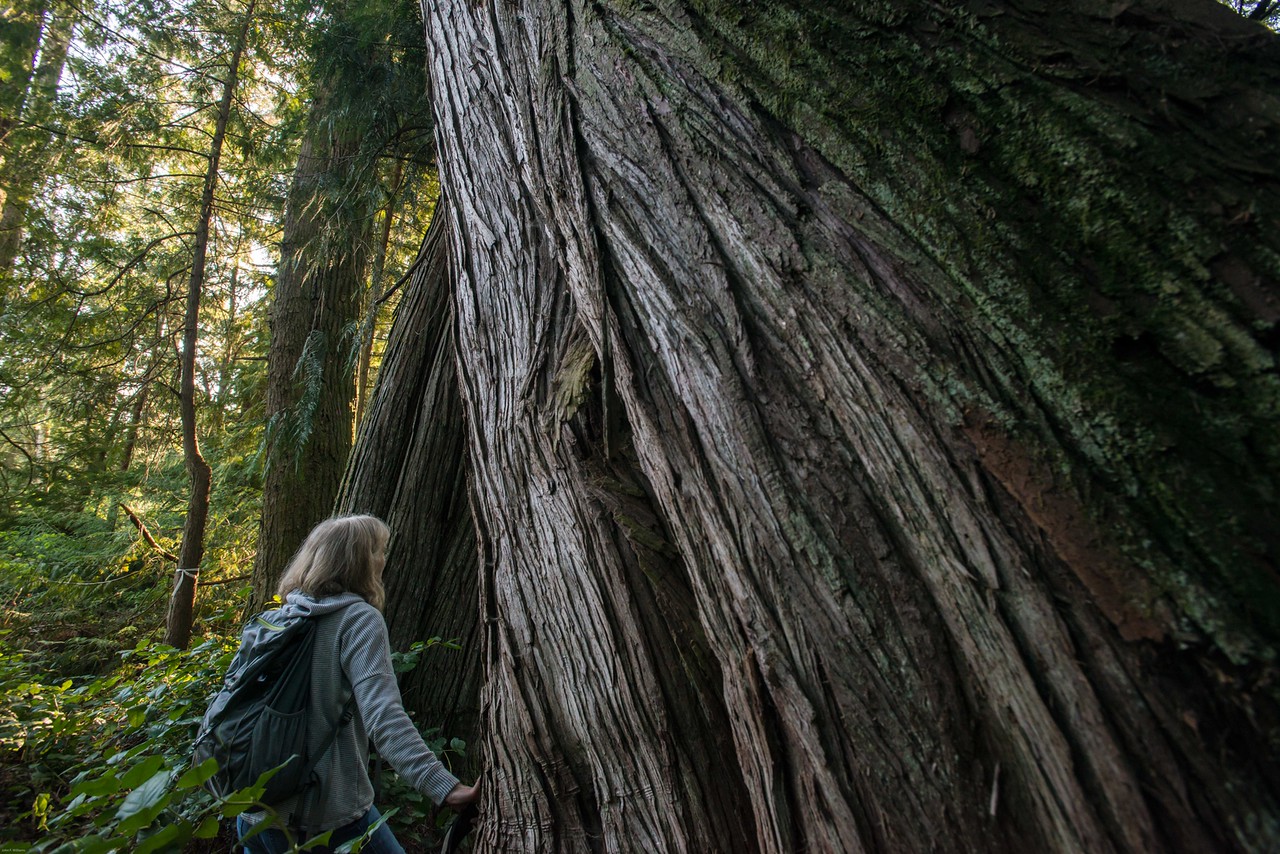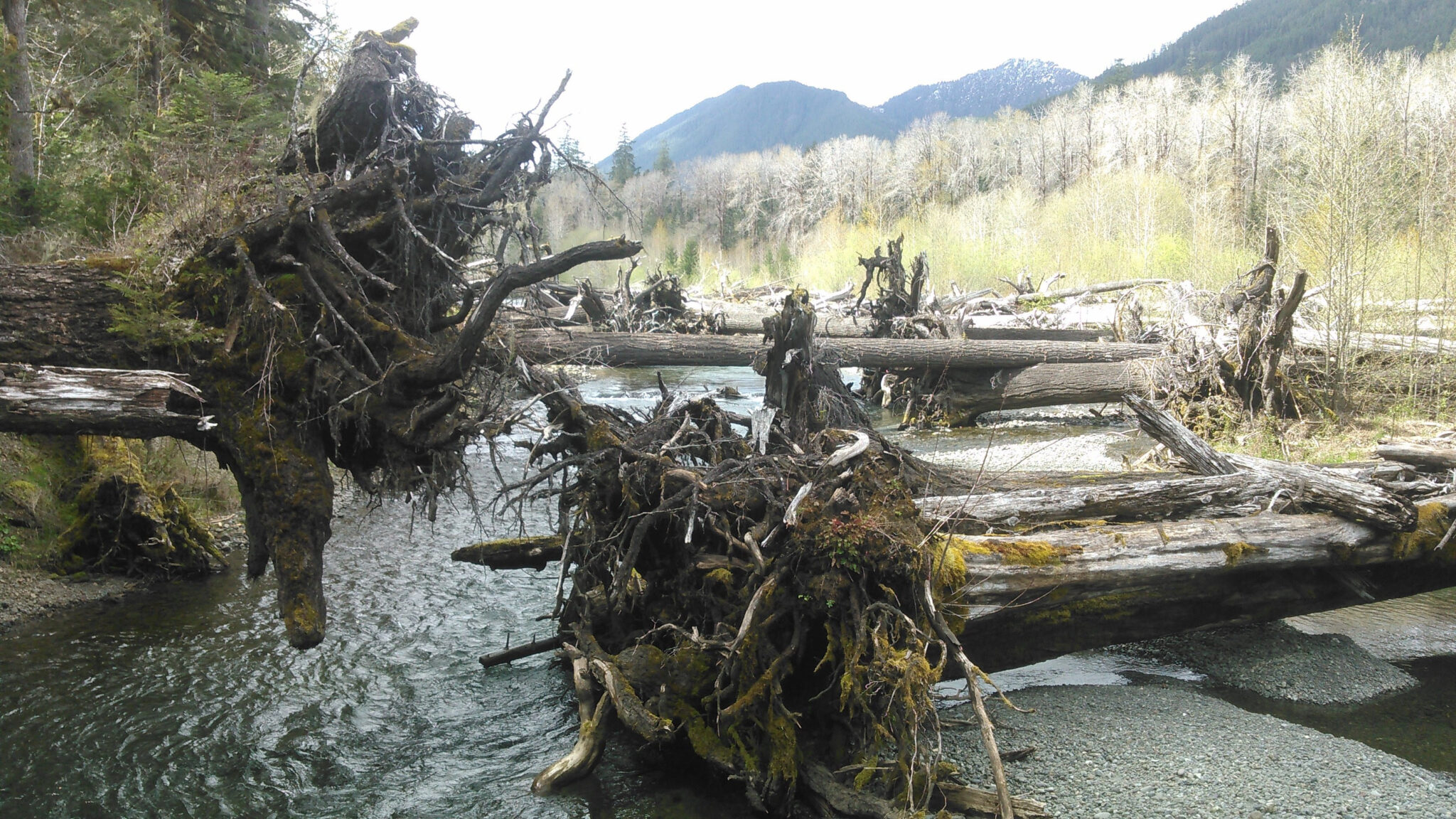When carrying out stewardship activities to help grow ecologically-complex and productive forests, there are things you can do to ensure your efforts are welcoming to our feathered friends.
2018 Accomplishments by the Numbers
2018 was a productive year for NNRG and the forests our members steward! We are so inspired by the landowners and managers in our community who worked to enhance habitat for threatened and endangered species, removed invasive species, planted a diverse array of native seedlings and shrubs, and pursued new markets for local wood products. These are highlights from 2018.
Family Forests as a Natural Capital Endowment
My family’s forestlands have grown to just over 200 acres in the past few years.
Where There’s a Will, There’s a Way to Combat Blackberries!
Pair Family Forest, situated in the Snoqualmie Valley just west of Duvall, had a serious invasives problem when the family purchased the land in 2005. About a third of the property was choked with tangled pockets of Himalayan blackberry thicket. The brambles had muscled out the native shrubbery and posed a serious problem for Wayne, who had visions of transforming his forest into a mixed-age, biologically-rich ecosystem.
Resources for San Juan County Forest Owners
Northwest Natural Resource Group and our partners have hosted ecological forestry workshops in the San Juan Islands since 2012. These resources are specifically for San Juan County forest owners who are interested in learning techniques to reduce fire risk, increase forest value, manage timber sales, market forest products, and improve the ecological and economic health of island forests.
Sometimes, a forest just needs a little TLC (Thinning, Love, and Cost-share reimbursement)
As lifelong forest owners Rod and Diana Hanson were no strangers to land stewardship when they bought 70 acres near Black Diamond, WA in 2011. But the forest they purchased was a far cry from their vision of a mixed-species, mixed-age, biologically rich ecosystem that could also yield valuable wood products. The property had previously […]
New Year’s Resolutions for Forest Owners
These days, typical New Year resolutions include exercising more and making time to be outside with nature. It’s also common for forest owners to have a “been meaning to do” list for their land. Thus, forest owners are especially fortunate as they can accomplish three goals in one effort by getting out for a walk in their woods to spend time in nature and observe their forest. All the better that they can prioritize forest stewardship activities for the new year.
NNRG Wraps Up Year-long Project on Biomass & Biofuels
This month, NNRG wrapped up a project to help landowners in the San Juans improve forest health, reduce wildfire risk, and use the slash and woody biomass byproducts in creative and beneficial ways.
An Easier Way to Inventory Your Forest
Conducting a timber and woody biomass inventory of a forest may sound complicated. But as a forest owner, it’s one of the first steps you’ll need to take before diving into the substantial decisions of how to steward your forest.
Spring 2019 Native Plant Sales
The late autumn and winter wet season in the Pacific Northwest is an ideal time to plant young trees and native shrubs! Planting native trees and shrubs enhances forest biodiversity by providing habitat for wildlife and forage for pollinators. Find a native plant sale near you for a diverse array of seedlings and shrubs suited to your region. Make sure you pre-order as soon as possible to get the plants you want!
FSC®-Certified Wood Products Database Launched!
Even as the area of Forest Stewardship Council®-certified forestland in Washington and Oregon has grown, it hasn’t become any easier to find certified building materials in the Pacific Northwest. That difficulty was undermining one of certification’s main goals: to enable wood buyers to send a market signal to forest owners and foresters that says, “We […]
Member Spotlight: Smelling the Forest for the Trees
Brothers Jim and Ed Merzenich, along with Jim’s wife, Karen Wilson, steward Oak Basin Tree Farm: nearly 1,000 acres in the Coburg Hills outside of Brownsville, Oregon at the south end of the Willamette Valley. Oak Basin Tree Farm is Forest Stewardship Council® certified through NNRG’s group certificate.
Snapshots from Stossel Creek Reforestation Project
NNRG is working with Mountains to Sound Greenway Trust and Seattle City Light to return these 150 acres of previously logged land to healthy forest using climate-adapted practices.
Forestry Tips for Autumn
Each season presents the best time to conduct different stewardship activities. Timing your forest management for the ideal season will help you achieve success and avoid setbacks. This page provides tips to help you make the most of autumn out in your woods.
Resources for Funding Forest Stewardship
Many public agencies offer funding to help forest owners pay for stewardship activities and realize their woodland goals. Whether you envision a habitat-rich stand bursting with forage shrubs and large snags; a business plan for timber harvest on your land; or an aesthetic retreat replete with meandering trails, there’s funding available to help you get there.
Workshop: Energy Opportunities for Woody Biomass
Wildfire risk across San Juan County is at an all-time high – largely due to increasingly overstocked forests. Thinning excess woody biomass from densely stocked forests can reduce wildfire risk while presenting an opportunity for local, sustainable energy production.
Where Certified Logs Come From … and Where They Are Sold
Across Oregon and Washington, more than 600,000 acres of forestland are certified as “well managed” by the standards of the Forest Stewardship Council® (FSC®). And yet, much of the wood harvested from these forests doesn’t make it to the consumer with its certification intact. In many cases, these logs are sold into the generic wood […]
Great Peninsula Conservancy
Great Peninsula Conservancy (GPC) just completed the Forest Stewardship Council® (FSC®) certification process for Grovers Creek Preserve! Acquired by the Conservancy in 2015, the 197-acre preserve near Poulsbo boasts 60 acres of rare older growth forest including stands of western hemlock, Sitka spruce, western redcedar, and Douglas-fir. There are even 11.5 acres of late successional […]
Using the SuperACE Tool for the Skokomish Tribe
Much of NNRG’s effort this spring has focused on our work for the Skokomish Tribe on the Tribe’s forestland located at the south end of Hood Canal. To help the Tribe achieve its management goals, we’ve completed a timber appraisal and are planning the first commercial thinning on tribal lands in a couple decades. NNRG is applying […]

